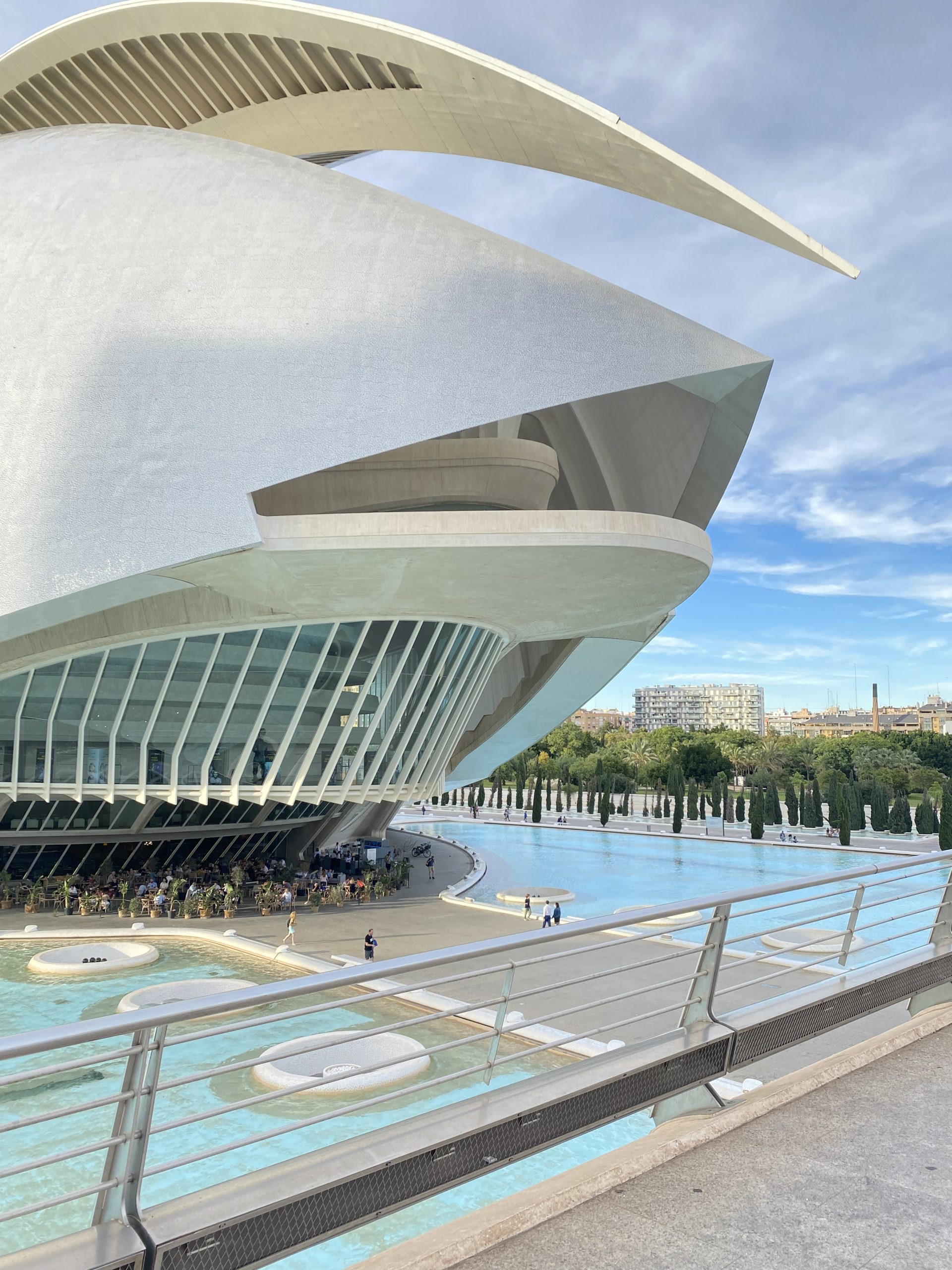Sustainability means meeting our own needs without compromising the ability of future generations to meet their
own needs. . We also need social and economic resources. Sustainability is not just environmentalism. Embedded in most definitions of sustainability we also find concerns for social equity and economic development.
This is the defintion we can find in general if we google it, Sustainibility is as we know based in the interaction between the humans and their environment, and architecture is what define or design human’s environment by providing different types of houses and what surrounds them. Architecturs also have the obligation to respect a lot of environmental measures; so that their works and the materials used for example don’t harm the environment.
Sustainibility in architecture has so many aspects, but it’s mainly based on:
BASIC CONCEPTS:
-3 PILLARS: The three pillars that are: The Socio-Cultural Pillar, The Environmental Pillar, and finally The Socio Economic Pillar. The economic side of the Socio-Economic pillar is also based on circular economy which focuses on the resource cycle and it’s based on Reuse, Repair, Remanufacturing and Recycling of materials and products to avoid tearing apart the virgin materials. The green economy is also a part of the socio economic pillar; it’s centred on protecting the human’s well-being, reducing the environmental risks, it’s a model that integrate the social dimension and the conservation of ecosystems.
-4 OPERATIONAL PRINCIPLES: which are; —> The impact of the humans on natural ressources shouldn’t exceed the capacity of nature, to avoid tearing the ressources appart.
—> The use of renewable resources must not exceed their rate of regeneration.
—> Production of renewable resources to compensate the use of non-renewable ones.
—> The emissions into the environment must not exceed the absorptive capacity of the receivers.

production of renewable energy with wind 
an important natural ressource: Wood 
The emission of factories
-LIFE-CYCLE ASSESMENT or LCA: The LCA is a method that study the environmental impact of a product from it’s production until it’s dismantling; concidering it’s extraction, manifacturing, packaging, transporting, distribution, it’s using stage and then end of life.

-ECOLOGICAL FOOTPRINT: This method analyze the amount of territory needed to generate the biological resources consumed and to absorb the waste that an activity needs and produces.
-3R: The R refieres to: —> REDUCE the consumption of non-renewable resources and scares materials.
—> REUSE like remodeling, rehabilitate or reuse the existing.
—> RECYCLE is to transform materials that allow another use in the production cycle.
OTHER CONCEPTS(IN GENERAL)
Eco-/eco-friendly: it encompasses a more restrictive concept than green. It means something that is environmentally friendly, pro-environmental and does not harm the environment.
Green: the meaning of “green” goes far beyond the simple reference to the colour green. Today it is often used in reference to everything related to the environment, in any sector.
Km0: this concept was used in the Kyoto protocols and subsequently applied to agriculture to identify products linked to a territory, because they save gigantic CO2 emissions from food that travel hundreds of thousands of kilometres to reach the plate.
OTHER CONCEPTS(ARCHITECTURAL)
LOW TECH: The use of simple, inexpensive technologies accessible to all and also easy to repair unlike the high-tech that goes against the valors of the sustainibility.
PASSIVE: An architectural process and design that previliege the uses of natural sources of heating, cooling and ventilating for a better and comfortable conditions in the houses/buildings.
nZEB (nearly Zero-Energy Building): building with a very high level of energy efficiency and comfort
HEALTHY BUILDINGS:
In this aspect, we lean towards the relation and the connexion established between human biology and the environment. Therefore, a convenable building should allow the following things: Air quality trough correct ventilation and transpiration, water quality, use of natureal light, thermal comfort, noise protection…
-PSYCHOLOGICAL ASPECTS: The environment is a factor that really influences the superior nervous systems. It either determine sensations of well-being or the opposite depending on the atmosphere. The aspects that we can talk about in the psychological aspects are; Proportions of spaces such as the reltion between height weidth and lenght of rooms.., Chromatic atmosphere determined by colours of internal and external surfaces, there is also the Texture of materials used for the interior design for example, and we have also Exterior views, the location... All of these factors and aspects contribute to determine the level of of resting, exciting and also peace of mind, which helps with recovery, production, and the renewal of intellectual energies.
-SICK BUILDING SYNDROME: or SBS is a plenty of syndroms like skin reactions, headaches, nausea, eye irritations, and respiratory tract, tiredness…, associated intrinsically with a built place that can degenerate into a state of chronic illness of its inhabitants. The SBS diagnosis is charged of studying the health risk factors associated with a building such as: Biological (bacteria, mites,..), Chemical factors (CO and CO2, Dust,..), Physical ( thermal comfort, lightning,..), Psychosocial factors (work organisation, relationships,..).

CLIMATE AND HUMAN BEIGNS:
To stay in the same note of health, environment and buildings, it’s important to talk about the relationship estbalished between the health of the human being and the environment where he lives; therefore, the energy and the health of everyone of us depends on our environment. The athmospheric conditions stimulate or depress the energy and the mental of humans. The main elements of the climate environment that influence human
comfort are: the temperature of the air, the radiation (thermal emission), the movement of the air, the relative humidity
Human comfort also depends on: characteristics of clothing (insulation and total area), characteristics of the type of work (metabolic thermal load).
SUSTAINABLE DESIGN:
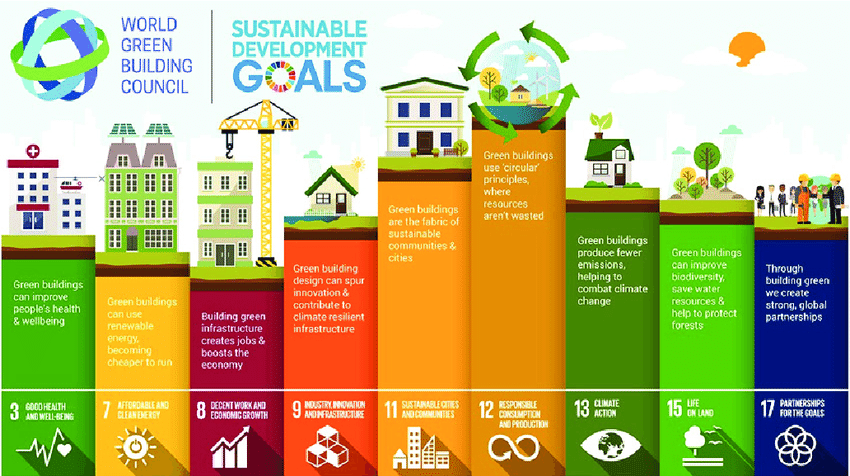
The problem that design encounters over time is that the developement of industry and the demographic explosion, has led to the loss of the skills and the how-to over years. Therefore, the only objective now is unfortunetly, create shelters and houses for everybody so that no one is homeless, putting the design and the sustainibility measures on the last level of considerations.
-BIO ARCHITECTURE:
Baubiology: It’s main objective is to minimize the bad impacts of the construction on nature and humans. It’s people-centred, energy-efficent spaces, …using safe and recyclable materials respecting the territory. The main characteristics of this baubiology or biology of inhabiting are passive installations, open spaces, natural lightning and ventilation, healthy materials,…
Bioclimatic architecture: We have here a working method that consists on realizing preliminary studies of the climatic conditions of the sitechoosed for a work and then directing the project toward sustainibility objectives and goals.
MATERIALS:
After the experiences over centuries, it’s agreed that natural materials are the ones that provides wholesomeness and well-being compared to synthetic materials.
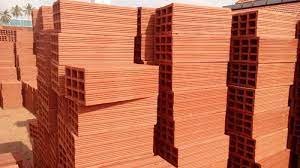
clay blocks 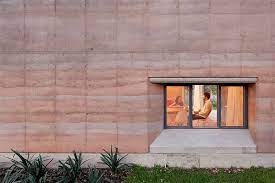
rammed earth wall 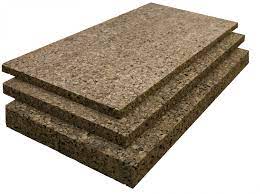
insulation panels with natural cork
LET’S NOT BE FOOLED!
It is important to talk about relevant points when it comes to sustainibility, protection of environment,… such as the abusive utilisation of these concepts eventough they are not respected in the project for example just to create a “good” and “trendy” side to it.
Biomorphism, for example, is often presented as the most important project when it comes to bio-architecture, but in reality neither bio form is guarenteed and the technics used are unatural.
“Recycled” has become a magic word, as I said before for the trendy side for any architecture that wants to aspire to sustainability. However, recycling would be the last option within a group of more sustainable variants such as repair, rehabilitation, recovery, re-use …
